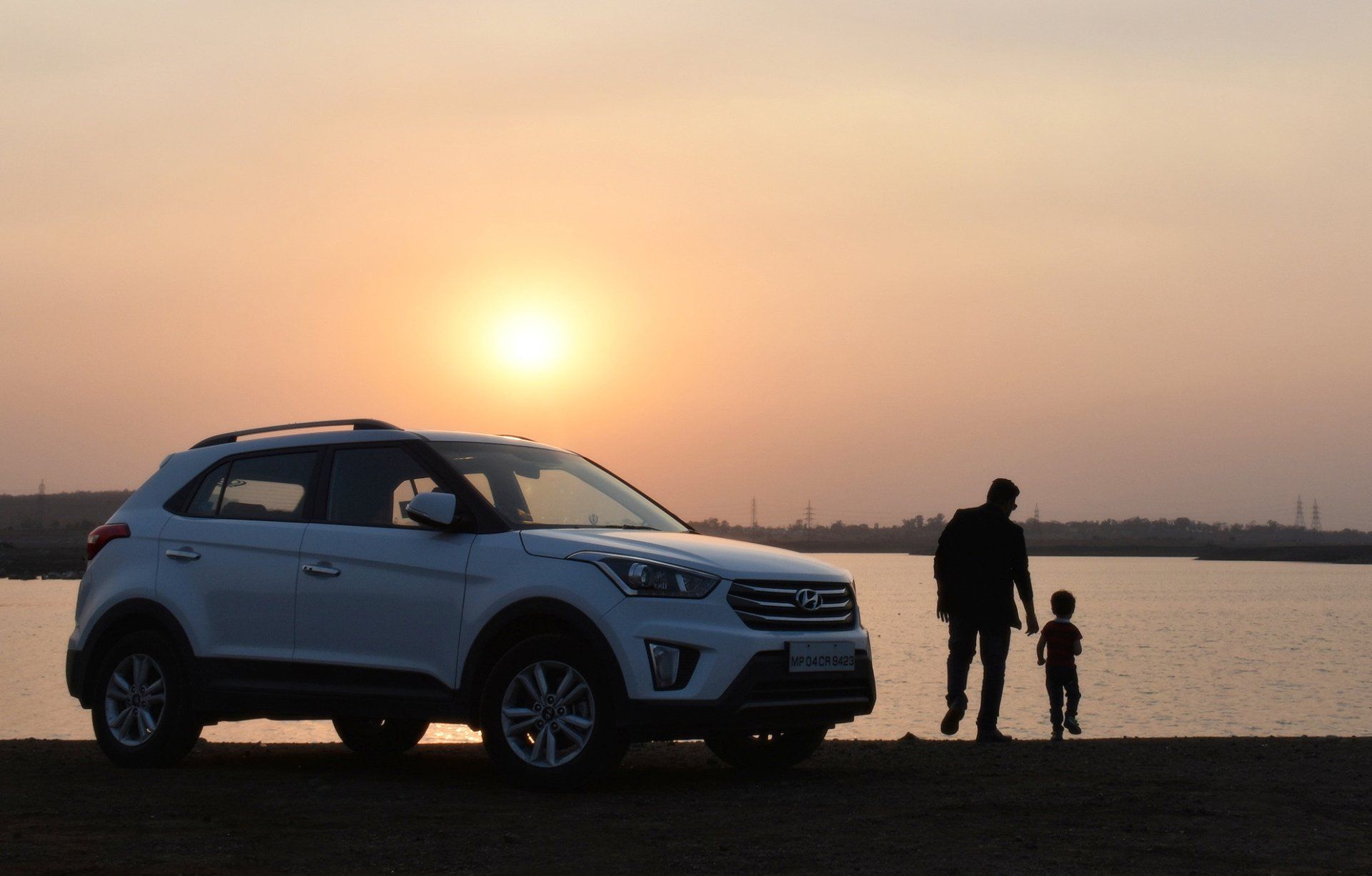
We all know that to drive a car you need a driver’s license, well we hope so anyway. But you may not know that Ontario has 12 different types of license all told that all allow you to drive different things, and require different things in order to get them, in this article we’ll walk through each of them and explain what they are.
Class G
The different types of licenses are split into “classes”, the most common of which and the one you’re likely already familiar with is Class G. Class G is the basic standard license that lets you drive cars. Specifically it lets you drive cars, vans and trucks of a weight up to 11,000kg.
Class G also has 2 subclasses, that you’re also probably familiar with if you’re a driver:
G1, also known as a learners permit, allows you to drive any Class G car as long as you are accompanied by another license holder with at least 4 years of experience. This is what you get after passing your theory test.
G2 is the next level up and allows you to drive on your own, within some limitations not placed on a full license like how many children are allowed to be in the car while you’re driving.
Class M
Class M is the second most common type of licence because this is the class that allows you to ride motorcycles or technically any 2 or 3 wheeled open air vehicle. Class M has the most sub categories of any of the classes with specifications for specific types of bikes such as ML which only allows for the use of limited speed motorcycles or mopeds.
M also has the same 1 and 2 sub categories for learning, though the conditions are different from that of G, since you can’t really have another license holder on the bike for your M1.
Class D
Class D and all of the other Classes to come require a full G license before you can acquire them, and each of them is quite specialised. Class D is what allows you to drive vehicles over 11,000kg as long as the towed vehicle doesn’t weigh over 4,900kg. Think those big moving vans.
Class A
Class A on the other hand removes the towing restrictions too, this is what allows you to drive those massive cross country trucks. Interestingly you don’t need a D to get an A, though with an A you can drive anything that A covers as well.
Class B/E
Classes B and E both cover the same thing, School buses, with the difference being that Class E only qualifies you to drive smaller buses that carry under 24 passengers. Where Class B qualifies you to drive any school bus, and also any Class C Vehicles
Class C
Class C covers regular buses, these are considered separate from school buses because of the special requirements of School buses like the road rules around stopping for School buses.
Class F
Finally there’s Class F, which allows you to drive any regular bus of under 24 passenger capacity as well as more importantly: Ambulances.